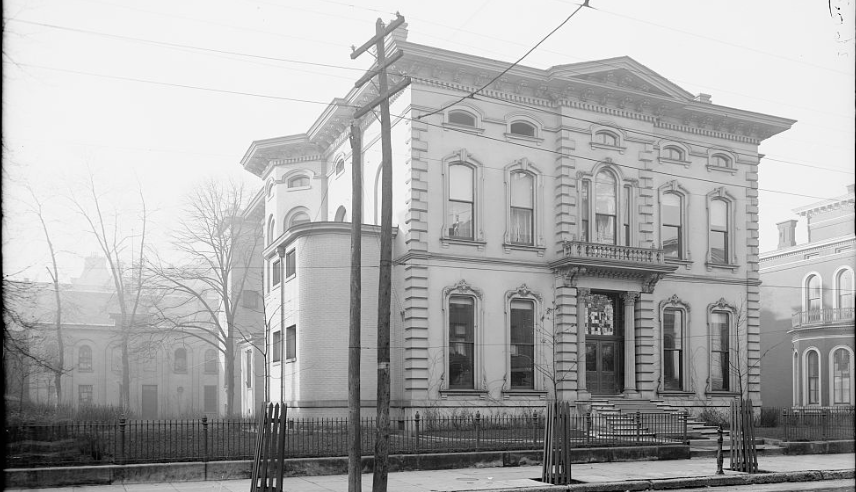The Origin Of The Old Fashioned—Plus a Recipe With A Unique Twist
Explore the history, origin and modern recipe of the Old Fashioned cocktail, a timeless drink rooted in simplicity, evolved over centuries.
There’s a quiet confidence in the clink of ice, the fresh hint of juices, and flavoured syrups blending with the spirit of choice. Cocktails are stories in a glass—infused with tradition, shaped by time, and topped with a unique garnish, making them nothing short of an art form. Long before the rise of modern mixology and bartenders became craftsmen of this art, there were classics: simple, balanced, and unforgettable cocktails that spoke of elegance and royalty. The Old Fashioned cocktail is one such timeless drink that marked the beginning of the cocktail era. With just four ingredients, it is both simple and sophisticated—an enduring symbol of refined taste and the blueprint of modern mixology.
Where It All Began
With a history that’s hard to pin down and often debated, the Old Fashioned emerged in the mid-1800s as a reaction to the increasingly elaborate cocktails of the time—ones featuring ingredients like Chartreuse, Absinthe, and Curaçao. In response, traditionalists began asking for drinks made “the old-fashioned way”—a classic blend of spirit, sugar, water, and bitters. Often called the most iconic and time-tested cocktail in history, its origin remains somewhat tangled. It was in 1806 when a curious reader wrote to a New York newspaper asking what a “cock-tail” was. The reply: a simple mixture of spirit, sugar, water, and bitters—the foundation of the Old Fashioned. Early recipes featured a range of base spirits, from gin to mezcal. Before it became the whiskey-based staple we know today, it evolved through experimentation, with bartenders adding garnishes and tweaking ingredients. Yet, the Old Fashioned cocktail still carries its original charm.

A Louisville Legacy
Among the many origin stories, the recipe attributed to James E. Pepper from Louisville, Kentucky, holds weight. In 1880, at the exclusive Pendennis Club, Pepper—bartender and bourbon distiller—crafted a version of the cocktail that would later travel to New York City’s Waldorf-Astoria Hotel, where it gained broader fame. George Kappeler was the first to print an official Old Fashioned recipe in his 1895 book Modern American Drinks. The method was simple but elegant: dissolve a lump of sugar in water, add two dashes of bitters, a piece of ice, lemon peel, and a jigger of whiskey. The charm lies in its simplicity and craftsmanship. Whether born in New York, Louisville, or even London, the place of origin doesn’t change the fact that the Old Fashioned remains one of the most revered cocktails of all time.
Prohibition and the Fruity Twist
The Prohibition era (1920–1933) dramatically altered the cocktail landscape in the United States. With alcohol production and sales banned, the quality of spirits declined significantly due to illegal manufacturing. To mask the harshness of these spirits, bartenders began adding fruits like oranges and cherries, giving rise to a fruitier version of the Old Fashioned. These additions softened the drink’s edges, enhanced its complexity, and helped preserve its essence during a turbulent time.
The Many Faces of a Classic
With countless variations, the Old Fashioned continues to evolve while staying rooted in its original simplicity. Whether muddled with fruit, garnished with a cherry or a twist of zesty orange, or served stripped-down with no garnish at all, there’s no single “correct” way to make this drink. And that’s exactly what makes it timeless.
Anjeer Old Fashioned
by Godawan Artisanal Single Malt
Here’s a sophisticated drink featuring the most awarded Indian single malts in recent times. Enhanced by the subtle spice of aromatic bitters and elegantly garnished with a twist of orange peel or a slice of fresh fig, presenting the Anjeer Old Fashioned. A twist on the classic whisky cocktail that brings together the rich, complex flavours of Godawan 01 Rich & Rounded whisky with the sweet, earthy notes of fig syrup.